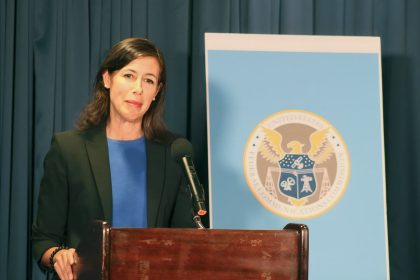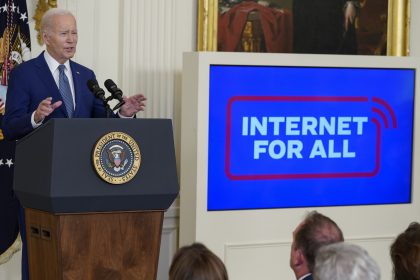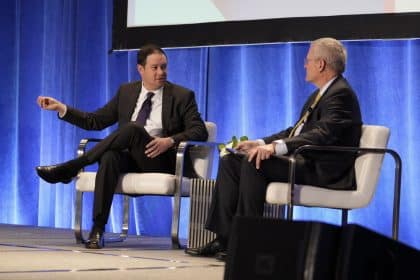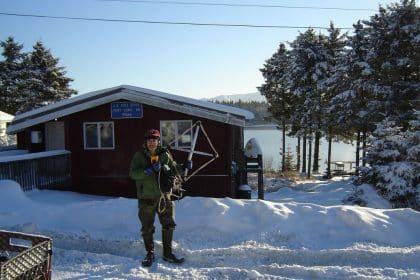Federal Broadband Deployment Needs to Coordinate With Local Governments
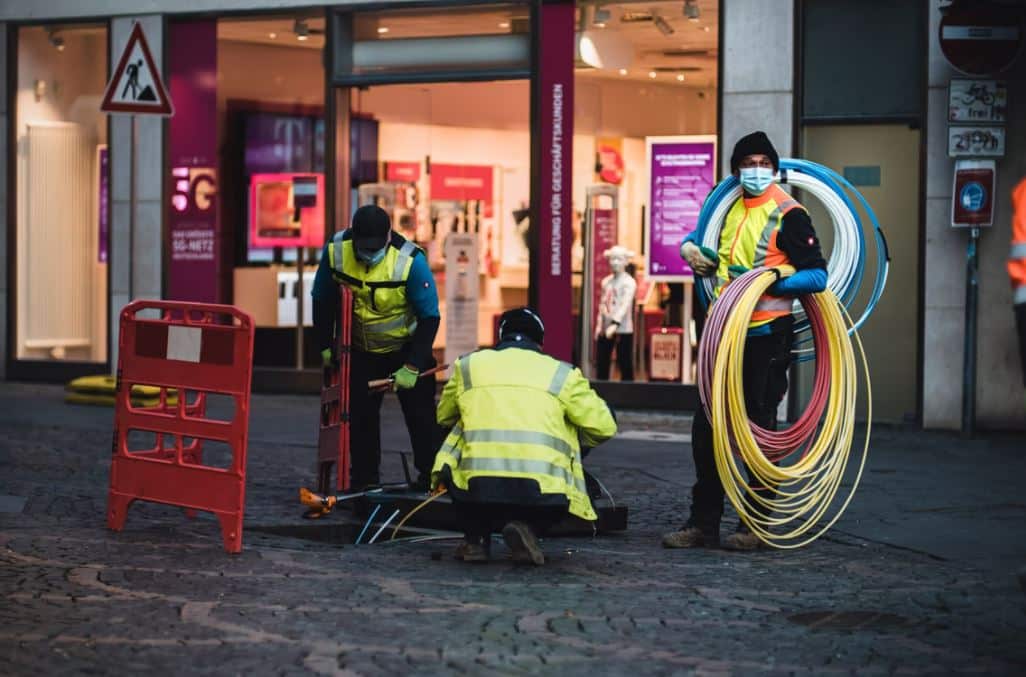
PITTSBURGH — Despite the strides made towards increasing broadband access for all Americans through federal deployment and subsidy programs, 30 million households in the U.S. are still not subscribed to broadband services even when they are available, said Ross Lieberman, senior vice president of government affairs at ACA Connects, Thursday.
Broadband infrastructure deployment goes “hand-in-hand” with tackling the broadband adoption issue, said Whitney Kimball Coe, director of national programs at the Center for Rural Strategies, during ACA Connects’ event entitled, “Building Successful Broadband Adoption Programs: Insights from the Field.”
The most common reason for nonsubscribers, Lieberman explained, was insufficient income. However, he said, even if the cost of “broadband is zero, other barriers remain, running from lack of connected devices to low digital literacy.”
A recent survey on why people were not adopting the school-sponsored, no-cost programs found most people pointed to an “information trust barrier,” said Hannah Hill, principal at Boston Consulting Group. Households did not know they were eligible, she explained, or had difficulties going through the application and technical installation process. Some also did not know whether to trust there would be no unexpected charges, and that “can be really scary when you’re already struggling to meet basic needs” like food and rent.
Nevertheless, addressing one side of the access and adoption problem will benefit the other, Kimball Coe said. An estimated 20 to 26 million Americans live in rural areas, “so addressing one piece of that will improve adoption on the other end of that.”
The issue comes down to understanding the needs of the local communities, said Jonathan Bullock, executive vice president of corporate development and government at Hotwire Communications.
In rural areas, the problem is a lack of infrastructure. Whereas on the urban side, Bullock said it’s a trust issue, so they began working with their “trusted community partners like housing authorities, charter schools, churches,” and the like. By partnering with the housing authority, for example, the tenants get ubiquitous Wi-Fi without even having to sign up. Through school partnerships, he added, subscribers talk to the school to sign up instead of calling the internet provider.
“We make the signup something of a benefit, folks are willing to do it,” said Bullock, saying these local partnerships allow providers to extend their subsidy programs.
“But again, that’s at a place where you have infrastructure…and you’re subsidizing an operating expense,” he said, which is low cost, but there isn’t a “private business model to build out to these areas.”
Having a local government step in to help subsidize the infrastructure allows the private business model to meet the municipalities’ goal of addressing their community digital equity and access issues, Bullock explained, which “are unique to local governments.”
That particular private-public model, he added, solves both the infrastructure and the adoption issue.
According to Yosef Getachew, media and democracy program director at Common Cause, the $65 billion in broadband infrastructure the current bipartisan infrastructure framework includes is poised to address the three pillars needed to create the desired results: broadband deployment, adoption and digital equity. The Digital Equity Act includes $2.75 billion for grants to states for digital equity, inclusion and literacy programs like digital literacy training and broadband devices.
But every state has its own laws and they don’t always coincide with each other nor federal objectives, as some “either support community networks or the expansion of infrastructure,” Kimball Coe said.
And so far, Getachew added, there has not been a “sole entity at the federal level” that can “play the role of a digital equity coordinator” by collecting the success stories across communities to establish a national “digital equity plan framework.”
“We have to put more energy, resources and effort into that coordination between the federal government and state and local [governments] to make sure that each community is getting its needs met,” she charged, as local ownership of the infrastructure will solve the access and adoptions issues.
Until the U.S. puts permanent broadband infrastructure in the ground or in the air by satellite, then the ongoing broadband investments will just keep building up future debt, Bullock warned.
Victoria can re reached at [email protected].

















